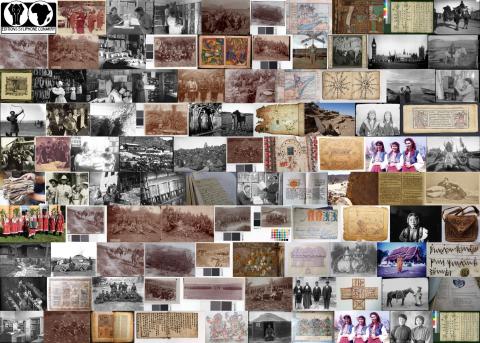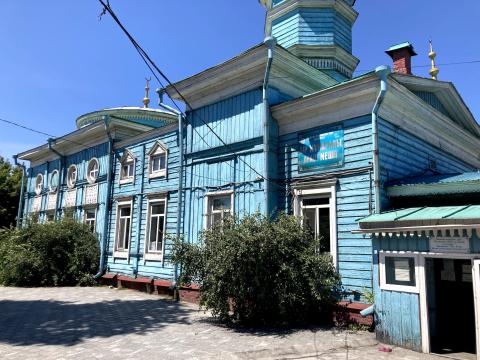Aims and objectives
This pilot project will investigate collections of manuscripts originally held in the palace library of the Khanate of Kokand (1710-1876). After the establishment of the Turkestan governorship by the Russian Empire in 1876, many manuscripts of the Kokand court library were taken away to Russian collections or to small collections in the Fergana Valley. This project will identify the collections, prepare the groundwork for a future major project and digitise approximately 50 of the most valuable and vulnerable manuscripts.
The project is based on previous research fieldwork in Fergana Valley in 2004, 2008, and 2011 and will survey manuscripts of the region, especially from the collection of the Kokand literary museum, other museums of the Fergana Valley, and private collections. The Kokand literary museum has about 14,000 exhibits, of which more than 1,500 are hand-written books dating back to the 15th century in Arabic, Persian and Turkic (chaghatay) languages. In addition, the museum has more than two thousand printed books. The oldest manuscript in the museum is the work copied in 1434 of 'Abdallakh ibn' Abd al- Rahman Husayni – the commentary on khadis «Me‘radj al-a‘mal». The manuscripts cover subjects such as poetry, musicology, astronomy, geography, medicine, logic, Sufism, the Muslim right and the Arab grammar, and also comments on the Koran and khadis.
The Khanate of Kokand was founded in 1710 and was abolished after the Russian conquest on 19 February 1876. The Khanate was one of three main khanates of Central Asia: Khivan (1804–1920) and Bukhara (1747–1920). The Khanate of Kokand disappeared 50 years earlier than the other khanates, in 1867. Its heritage, including manuscripts from the palace library, was therefore more vulnerable to destruction and loss after the establishment of Russian Turkestan. A large number of the manuscripts of the Kokand court library were taken away to Russian collections or scattered in different small collections of the FerganaValley.
The storage and environmental conditions of these manuscripts are far from standard and are detrimental to their long term preservation.
During the project a survey will be undertaken in the following places and the most valuable and endangered manuscripts will be digitised:
- Kokand Literary Museum
Fergana Museum of Natural Geography and History
Museum of Art in the town of Margilan (Fergana valley)
Andijan Museum of Natural Geography and History
Private collections from the town of Kokand
Outcomes
The project was able to survey seven manuscript collections, four of which were at state museums in the Fergana Valley, and three in private collections in Kokand. As well as carrying out the survey the project digitised a small sample of the manuscripts they found at the Kokand Literary Museum.
Fergana Valley collections
- Kokand Literary Museum - The project team found 1500 manuscripts written in Arabic, Persian and Turkic, 500 manuscripts of which have already been examined
- Fergana Museum of Natural Geography and History - The team found 28 preserved manuscripts, with the remainder of the collection being made up of lithographs. The collection includes 8 books for teaching at madrassas, 12 literary works, 7 Islamic theologies and one work on Sufism
- Museum of Art in the town of Margilan (Fergana valley) - 26 manuscripts were examined. 14 manuscripts deal with poetry with 12 others about Muslim theology. This collection has not been previously catalogued
- Andijan Museum of Natural Geography and History - 38 manuscripts were examined. There were 22 manuscripts about poetry, 14 on Muslim theology, and 2 on Sufism
- Private collections from Kokand
- Ahmadjan Madaminov (1925–2008) - 60 manuscripts were found. 31 of these are about poetry, 20 on Muslim theology, 5 on Sufism, and another manuscript on traditional medicine
- Dr. Lutfulla Zahidov (1931–2015) - 14 manuscripts in total, all about Persian poetry
- Sadulla Zahidov (1926–2008) – 19 manuscripts in total





